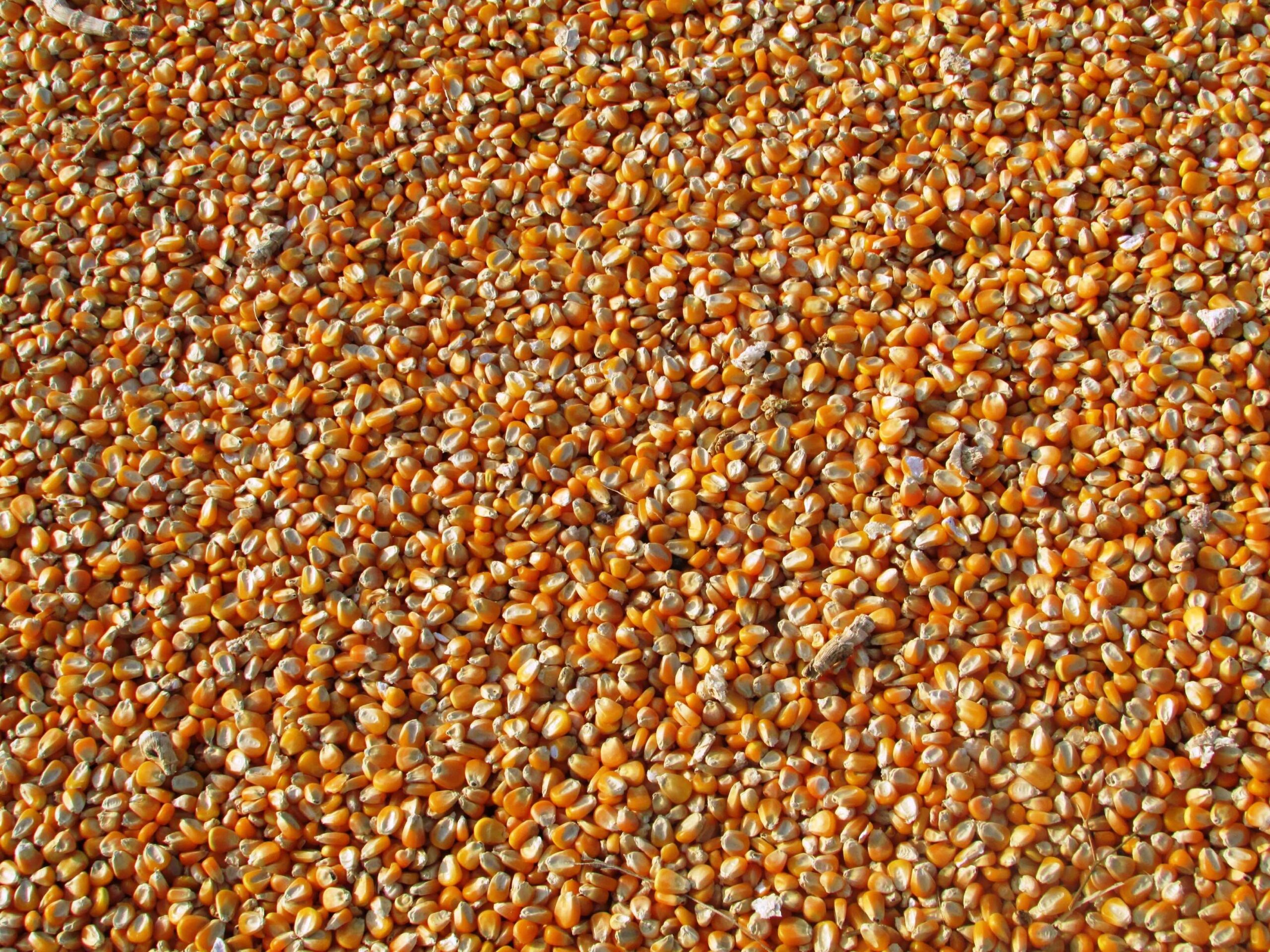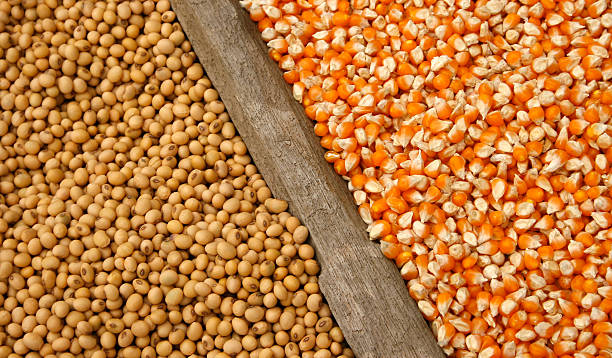At the Agricultural Outlook Forum in late February, the USDA released its first supply and demand projections for the 2023 crop year. In the March 20th issue of Southern Ag Today, we looked at how changes in corn exports could change the stocks-to-use (STU) ratio and, thus, price. In this article, we perform a similar analysis for soybeans. Specifically, we find that the soybean STU is much more sensitive to changes in demand than corn. Results indicate that a miss-projection of domestic crush levels could significantly affect soybean STU and price. Although we focus on soybean crush in this article, results would be the same for other increases in demand, such as exports or other domestic products.
As mentioned in our previous article, STU is a fundamental indicator in commodity marketing, as it compares commodity ending stocks to commodity demand. The impact of missed projections on STU provides insight into each commodity’s supply and demand dynamics (Gardner and Smith, 2023). Plot A of Figure 1 shows the year and soybean marketing year average price at various levels of STU. Generally, we would expect a larger STU to indicate more supply than demand which would cause a lower price and vice versa. From 2011 to 2013, supply was short due to below trend line yields or lower harvested acres, thus causing a shortage relative to demand that resulted in higher prices. Lower STUs and prices occurred in 2014 and 2015 due to increased acres (5 million acres more were harvested in 2014 and 2015 than in 2013) and a return to trend line yields. Since 2016, domestic crush capacity has increased substantially (CME Group).
Figure 1. Stocks-to-Use (STU) Ratio and Price by Year and Impact of Missed Soybean Crush Projections on STU

Plot B of Figure 1 displays the potential impact of an under-projection of soybean crush on STU, holding other factors constant. The American Soybean Association projects U.S. soybean crush capacity in 2023 to increase by close to 64 million bushels in 2023 (460 million bushels of increased capacity by 2025); however, the EPA is only assuming an increase in crush demand of close to 45 million bushels (Gerlt, 2023). This difference between increased crush capacity and crush demand could result in an underestimation of projected soybean crush in 2023. If soybean crush is underestimated, an increase in crush numbers of 5 million bushels lowers soybean STU by 0.12%, indicating that soybean STU is more sensitive to demand shocks than corn. If crush expansion and demand are met, soybean STU could quickly move lower than 6%, indicative of 2022, in which the soybean price was $14.30.
Changes in projected supply and demand will impact soybean STU and, consequently, the marketing year average price. The USDA current marketing year average soybean price for 2023 is projected to be $12.90, but if biodiesel capacity expansion increases soybean demand, the marketing year average price could be higher in 2023. Soybean prices could also increase with a rise in export demand or a supply shortage. Producers and traders should be mindful of projected changes in STU and use this information as one factor that could influence price expectations for the upcoming crop.
Sources:
CME Group. “US Soybean Crush.” Accessed March 21, 2023. https://www.cmegroup.com/content/cmegroup/en/trading/agricultural/soybean-reports.html.
Gardner, Grant, and Aaron Smith. “Sensitivity of USDA’s Agricultural Outlook Forum Projections to Changes in Corn Exports.” Southern Ag Today, March 20, 2023. https://southernagtoday.org/2023/03/20/sensitivity-of-usdas-agricultural-outlook-forum-projections-to-changes-in-corn-exports/.
Gerlt, Scott. “Economist’s Angle: EPA’s Proposed Blending Levels Threaten Ongoing Industry Growth.” American Soybean Association (blog). Accessed March 14, 2023. https://soygrowers.com/news-releases/economists-angle-epas-proposed-blending-levels-threatens-ongoing-industry-growth/.
United States Department of Agriculture. “Grain and Oilseeds Outlook,” 2023. https://www.usda.gov/sites/default/files/documents/2023AOF-grains-oilseeds-outlook.pdf.
Gardner, Grant, and Aaron Smith. “Sensitivity of USDA’s Agricultural Outlook Forum Projections to Changes in Soybean Crush Demand.” Southern Ag Today 3(13.1). March 27, 2023. Permalink










